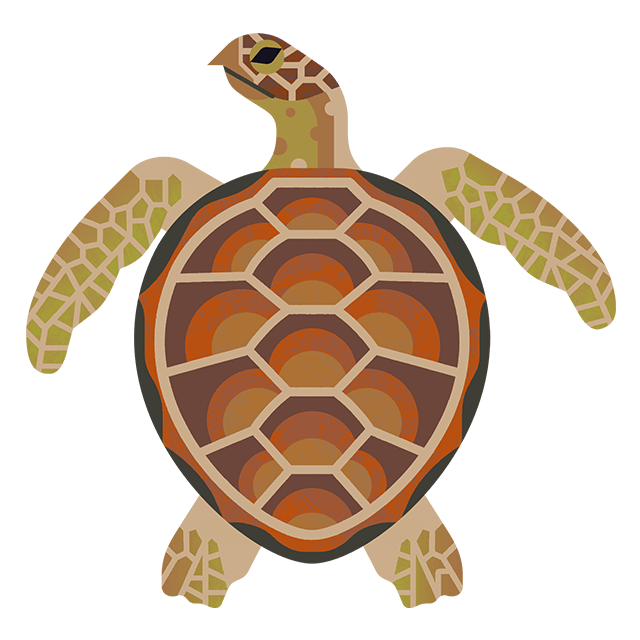
Protecting marine turtles in the Caribbean UK Overseas Territories
Find out how we work with local communities in Caribbean UK Overseas Territories such as the Turks and Caicos Islands and British Virgin Islands to help safeguard these remarkable species.
Turtle conservation in the Turks and Caicos Islands
Among the 40 islands that comprise the Turks and Caicos Islands archipelago is East Caicos. This island is uninhabited by humans and borders a special Marine Protected Area that holds regional importance to marine turtle populations. Satellite tagging has shown that teenage green turtles here migrate as far as Cuba, Colombia, and the US.
East Caicos is the largest wilderness in the Caribbean, and we’re currently working with the RSPB and the Turks and Caicos National Trust to map the future of this biodiversity hotspot. We want to ensure that any future development is low-impact, and properly balances the needs and values of local people alongside the preservation of turtles and other wildlife found on East Caicos.
Conducting nesting surveys
As part of this Darwin Plus project we’re carrying out turtle nesting surveys across East Caicos to understand the biodiversity of the island.
We’ve been monitoring turtle nesting on East Caicos for more than 16 years, and our research has shown its a nationally important nesting site for the island’s hawksbill turtle population. This research has helped to support overall management of TCI’s green and hawksbill turtle populations.

A green turtle hatchling on Grace Bay Beach, Turks and Caicos Island
Credit: Peter Richardson, MCS
Recent surveys have recently shown changes in nesting patterns. For example, the number of critically-endangered hawksbill turtles nesting on East Caicos appears to be declining because of erosion and obstruction of their nesting beaches caused by hurricanes and huge inundations of the sargassum seaweed.
However, green turtles, which are endangered, are now nesting on the island’s northern shores in greater numbers and different areas than before. This highlights the need for long-term monitoring to see how wildlife is adapting in a changing environment.
Tagging and tracking
In addition to nesting surveys, we’ve been involved in satellite tagging and tracking turtles. One adult green turtle we tagged, named Suzie, was recorded travelling a record-breaking 6,000km around the Caribbean over the course of nine months in 2009.
Tracking turtles helps us better understand different populations’ travel routes and habits so we can focus our conservation efforts on where they’re needed. Our work in the Turks and Caicos Islands has led to significant improvements in turtle conservation. Local partners, including the Turks and Caicos Islands government, now actively support turtle monitoring and have improved their enforcement of legislation, which helps safeguard turtles and their habitats against many threats.

Conservation Officer (UKOTs), Amdeep Sanghera with a tagged hawksbill turtle
Credit: Liz Cunningham
From climate change and habitat destruction to fishing and hunting, human activity has contributed to turtles becoming endangered. This project is working to safeguard East Caicos's nesting turtle populations through a contemporary management plan, and will compliment the measures we have already helped to secure.
In 2014, the Turks and Caicos Islands Government approved new protections for large and breeding adult turtles to help support population recovery following collaborative work with local fishermen and the wider community, including our Conservation Officer, Amdeep Sanghera.
Recovering turtles in the British Virgin Islands
Developing a Turtle Recovery Action Plan
We're working with the Government of the Virgin Islands, the Association of Reef Keepers, the University of Exeter and local communities to develop a Sea Turtle Recovery Action Plan for the Virgin Islands.
The islands’ reefs, seagrass beds and mangroves are home to green and hawksbill turtles, and their beaches act as nesting sites for these species as well as leatherbacks.
Habitat destruction because of infrastructure and tourism developments, historical harvesting of turtles for their eggs, meat, and shells has led to population declines, with extreme weather events such as hurricanes linked to climate change posing yet another threat to the islands’ turtle populations and habitats.
Local conservation efforts are working to restore populations, while the turtle fishery is waning in size and importance. But the current legislation regulating the use of turtles in the Virgin Islands is out of date. This project will recommend changes to the Government of the Virgin Islands’ regulations to support improved conservation and management of the islands’ turtle populations.
Using our Community Voice Method, we garnered the views of local people on what they want for their turtles and how they feel they should be protected and managed in future. These discussions, alongside biological information gathered through our turtle research in the Virgin Islands, will inform the Action Plan, which we’re currently developing.
By working with our local partners and communities in the Caribbean UK territories, we can help secure effective protection and management of marine turtles that will also contribute to the islands' prosperity. We’ll continue to support our local territory partners in conserving their important and precious turtle populations.



